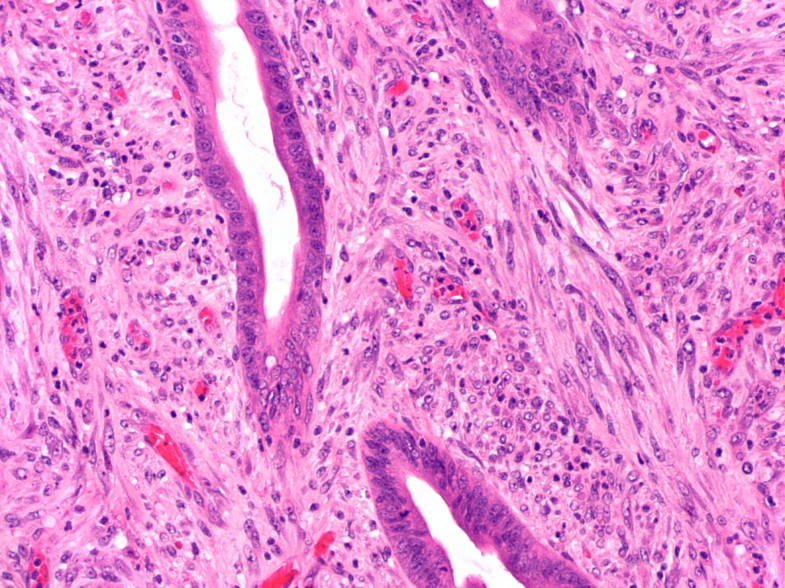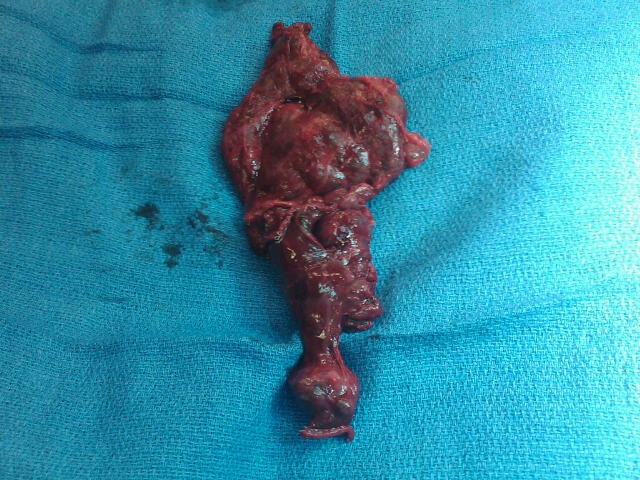

Come there to the breast cancer friend to friend board. I also recommend a web site for support and help for both of you, that is the msn.health. The Moffit Center has an online web site with lots of info and numbers to call for answers. After they mapped and did a biopsy on my sentinal node, they found it negative and I am relieved to have saved myself alot of surgery. I chose to go for a second opinion at the Moffit Center for Cancer research, And happened to find out about this procedure. I almost listened to my first surgeon who said I have a choice of either Mastectomy or Auxillary lymph node removal of at least 10 nodes. Find a doctor or cancer facility who can do this. I recommend this mapping to everyone!~!!! It can save your partner alot of surgery and pain. So far I have had a lumpectomy, and sentinal node mapping to see if the cancer cell have invaded the lymph glands. I, too was dx with Invasive Ductal Carcinoma, Grade 3. How old is your partner? this will play a part of it as well. These are all part of the standard care treatment. More than likely she will have surgery, radiation and chemo. But be assured that all of these things are treatable. Do you know what stage these tumors are yet? And how many are there? It sounds like there is a few. There is alot there that I can't answer for you, but these things are the basics. Infiltrating Ductal Carcinoma means that there is a cancer in the duct, and it has invaded nearby tissue, and grade one is a good thing. However grade three means that it is a very agressive tumor. DCIS means Ductal Carcinoma In Situ which means ther is a cancerous lump in the milk duct, however it is still confined to the the duct and has not invaded any surrounding tissue. Hi Cindy, my name is Jo, I am not a doctor, but perhaps I can help a little. Left Breast at 2o'clock-core biopsy *Infiltrating ductal carcinoma grade I *Nuclear score 1/3 (mild pleomorphism), tubule score 1/3 (well formed tubules) mitotic score 1/3 (low mitotic rate) *associated ductal carcinoma in situ, nuclear grade 1-2, cribriform type *ER/PR requested Thank you. Psuedoinvasion is favored, however, it is difficult to completely exclude an early microinvasive focus of colloid carcinoma. These is single particular focus of insitu carcinoma-appears to be traumatic (artifactual) rupture of the duct with extension of micropapillae into adjacent stroma. Microscopic Desc.: micropapillary DCIS, NG 3 is present in 4 or 4 blocks of tissue (involving multiple cores). There are several tissue fragments separated out from main specimen. Gross Desc: multiple cyclindrical, tan-white to yellow, soft, rubbery, slightly lobulated tissue frags range in length from. Right breast-core needle biopsies: *DCIS, nuclear grade (NG) 3, micropapillary type *no definite invasive carcinoma seen *microcalcifications present assoc.

Can you help us to understand what this means (more so with the right breast-nuclear grade 3? What options/treatments do we have? We see a surgeon next week,however, this unknowning period is very anxiety producing. She religiously has gotten mamo & ultrasounds annually (her sister was diagnosed with breast cancer two years ago).

Examine the embryonic/fetal tissue for malformations and maceration. Examine for presence of gestational sac and embryonic/fetal tissue. In cases of suspected abortion, search for chorionic villi, if necessary under a dissecting microscope.If the specimen is tissue spontaneously passed, mention whether the tissue appears to be a decidual cast. State the proportion of blood clots relative to the entire specimen. Describe the fragments (color, friability, shape – irregular vs. Collect the tissue using a metal strainer, filter paper in a funnel, or a fine mesh tissue processing bag.


 0 kommentar(er)
0 kommentar(er)
